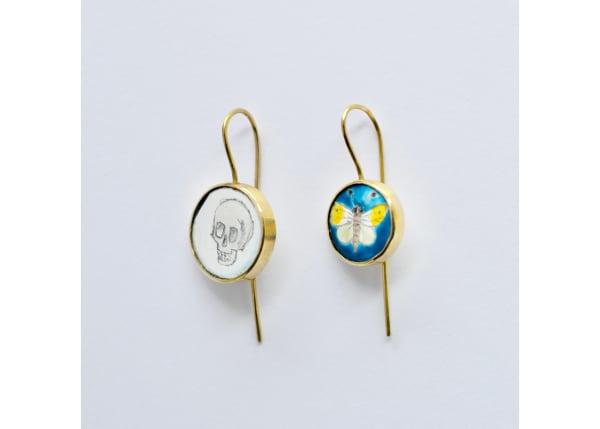Works
-
 Butterfly & Small Skull, 2025
Butterfly & Small Skull, 2025 -
 Spring Walk (Wood Anemones), 2025
Spring Walk (Wood Anemones), 2025 -
 Himmel, 2024
Himmel, 2024 -
 Weisse Nachtschwärmer (White Moths), 2024
Weisse Nachtschwärmer (White Moths), 2024 -
 Auge / Eye, 2022
Auge / Eye, 2022 -
 Hauhecchelbäling (Common Blue Butterfly)polyommatus icarus, 2022
Hauhecchelbäling (Common Blue Butterfly)polyommatus icarus, 2022 -
 Kind (Child), 2022
Kind (Child), 2022 -
 Kleines Lächeln (Little Smile), 2022
Kleines Lächeln (Little Smile), 2022 -
 Tod (Death), 2022
Tod (Death), 2022 -
 Auge / Eye, 2021
Auge / Eye, 2021 -
 Grünes Blatt (Large Emerald)Geometra papilionaria, 2021
Grünes Blatt (Large Emerald)Geometra papilionaria, 2021 -
 Mohrenfalter (Aaran Brown Butterfly)Erebia Ligea, 2021
Mohrenfalter (Aaran Brown Butterfly)Erebia Ligea, 2021 -
 Nachtfalter (Moth), 2021
Nachtfalter (Moth), 2021 -
 Stachelbeerspanner (Magpie Moth)Abraxas grossulariata, 2021
Stachelbeerspanner (Magpie Moth)Abraxas grossulariata, 2021 -
 Trauermantel (Mourning Cloak Butterfly)Nymphalis antiopa, 2021
Trauermantel (Mourning Cloak Butterfly)Nymphalis antiopa, 2021 -
 Ein Paar (A Pair), 2018
Ein Paar (A Pair), 2018 -
 Essex Emerald Green Moth
Essex Emerald Green Moth
Exhibitions

















